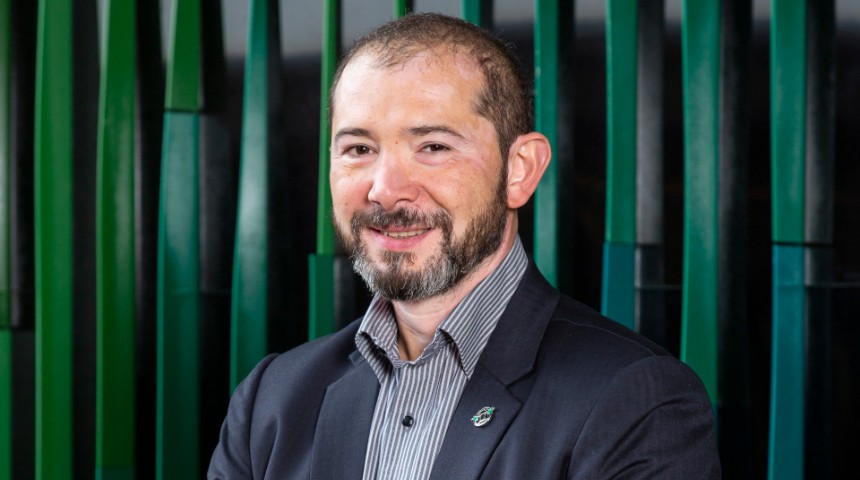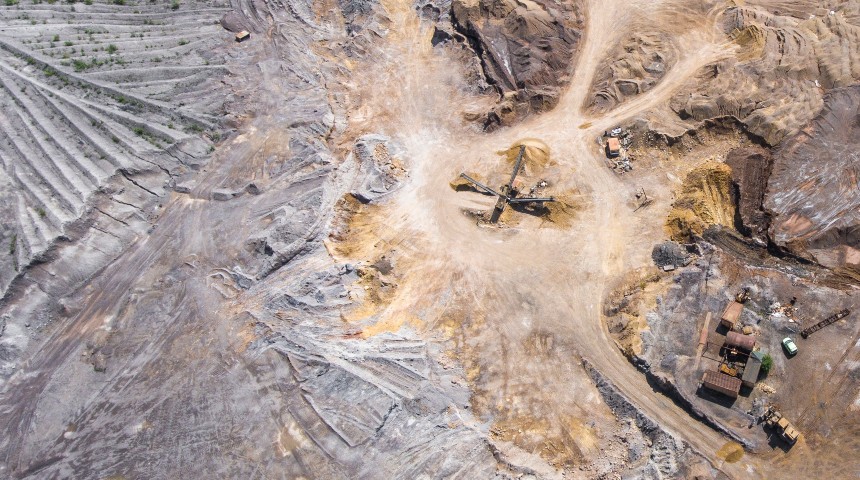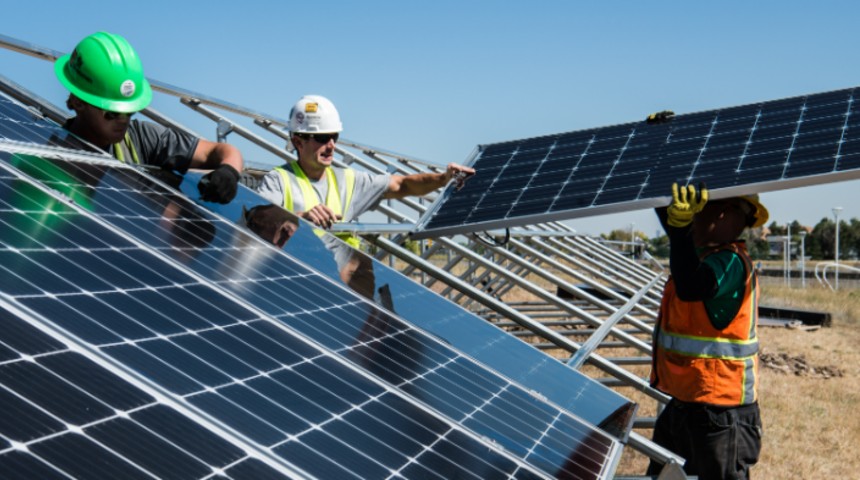
Associate Professor Aleks Nikoloski weighs in on the importance of building sustainable resources to the future of the metals production industry.
Few professions have been more important to human development than metallurgists, the mineral processing-focused chemical engineers and scientists responsible for the many metals used to produce everyday goods. Our role has traditionally been to develop the tools and processes to harvest mineral-bearing ores and extract metals to be used in construction and manufacturing.
For years, we have taken parts of the earth to suit humankind and exploiting a seemingly limitless supply of energy and resources to meet our needs. Today, our role as metallurgists is changing. Research has shown us the need for sustainable resource use is important now more than ever.
From physical tools to science fiction
Since the discovery of gold in the stone age, metallurgists have played a key role in developing the world’s most innovative resources.The development of new tools during and after the Industrial Revolution allowed significant scientific developments.
A number of new metals were discovered in a relatively short period of 100 years, each with different physicochemical properties and potential uses. This paved the way for more technological and scientific progress, resulting in more changes in the 20th century than in all the centuries before that.

Exploding demand and pollution
Throughout history, minerals processing, metallurgy and chemical processing have evolved to become a highly sophisticated branch of chemical engineering. In the last 10-20 years, technology advancements have led to a staggering growth in the quantities of metals produced as well as their applications, with new devices and equipment being developed much faster.
As a result, our appetite for metals and thus mineral resources - the primary sources of these metals - is growing at an amazing and unprecedented rate, from approximately 20 billion tons of primary material extracted in 1970 to over 70 billion tons in 2010, according to the International Resource Panel.
In the last 100 years, we have exhausted almost all easily accessible and high-grade ore deposits. This has driven us to look for new resources in remote places including deep underground, under the seas and even off earth in asteroids and other planets. The rate of energy consumption and greenhouse gas emissions is a direct consequence of this production and is equally staggering. This is clearly unsustainable, which is why there is an increasing focus on achieving sustainable resources processing as opposed to the current linear economy of take, make and dispose.
This has led to significant research into obtaining metals from sources other than the natural environment. In parallel, there are increasing efforts to reduce waste disposal from goods at their end of life, to provide cleaner living environments.
Environmentalists, energy experts, scientists and politicians are aligning behind the goal of a sustainable society and the circular economy that embraces make, use and recycle. Together, we have the potential to improve quality of life and protect against global overheating and over exploitation or the environment.
Clean energy sources and energy storage
Science and engineering play an important role in clean energy generation and storage. Advancements in renewable technology for wind, solar and wave energy have been a massive push to implement these systems. Coupled with advancements in energy storage systems, such as electrolytically generated hydrogen, pumped water hydrostatic storage, and batteries, these systems offer accessible, clean and reliable energy.
Clean energy depends, on one hand, the ability to produce enough metal for batteries, and on the other, finding solutions to appropriately manage the waste associated with the used devices.
The rapid adoption of these technologies by society, and the expanding size of installations raises both opportunities and concerns. The materials used to produce these devices include key enabling metals such as the rare earths lithium, cobalt, nickel, vanadium and graphite. These metals have not previously been used in such huge amounts.
Metals in general, and particularly these elements, are electrochemically very active, which enables them to function in electrical energy systems both for generation and for storage. The batteries reversibly store, and release energy as required via the transfer of electrons, rather than releasing energy through combustion in the traditional fossil fuel reactions, which are typically irreversible and release CO2.
The rapidly increasing adoption by the market of clean and portable energy storage is fuelling a dramatic increase in the demand for these ‘new’, ‘technology’ or ‘energy’ metals. As a result, there is a mounting deficit of supply, leading to some of the key metals being labelled as ‘critical’ or ‘strategic elements’. At the same time, at the other end of the equipment life cycle we see an emerging issue with the build-up of a waste disposal problem of mounting proportions, labelled in many countries including Australia as a national #1 priority.

Recycling, sustainability and the circular economy
The basic problem mineral processing faces is the need to produce more metals for energy storage, using cleaner and more efficient production technology from harder-to process-natural sources. Additionally, new solutions are required for the safe handling of the waste from this production, and effective methods of recycling need to be developed.
These metals are essentially indestructible and therefore potentially infinitely recyclable, which opens up the possibility of developing effective recycling technologies to solve both the supply and disposal issues. This leads to a circular economy and the prospect of establishing a true sustainable society. Science and engineering, and especially the branch of chemical engineering known as extractive metallurgy, have a strong track record in developing the types of processes that are likely to be critical in the recycling of metals. It is important for companies and research institutions to collaborate, share ideas and provide facilities to develop new processes and solutions.
The legacy that we will leave
The results of such a collaboration have great potential to leave a strong legacy. Sustainable resources. Safe generation of energy from fossil fuels. Greater use of renewable energy sources. Cleaner living environments. Lower energy consumption and operating costs. Technology that improves life today without degrading life for future generations. Fewer “holes in the ground” and tailings dams. Metals reused indefinitely. A clean, resources-driven revolution.
Learn more about work from the Harry Butler Institute.